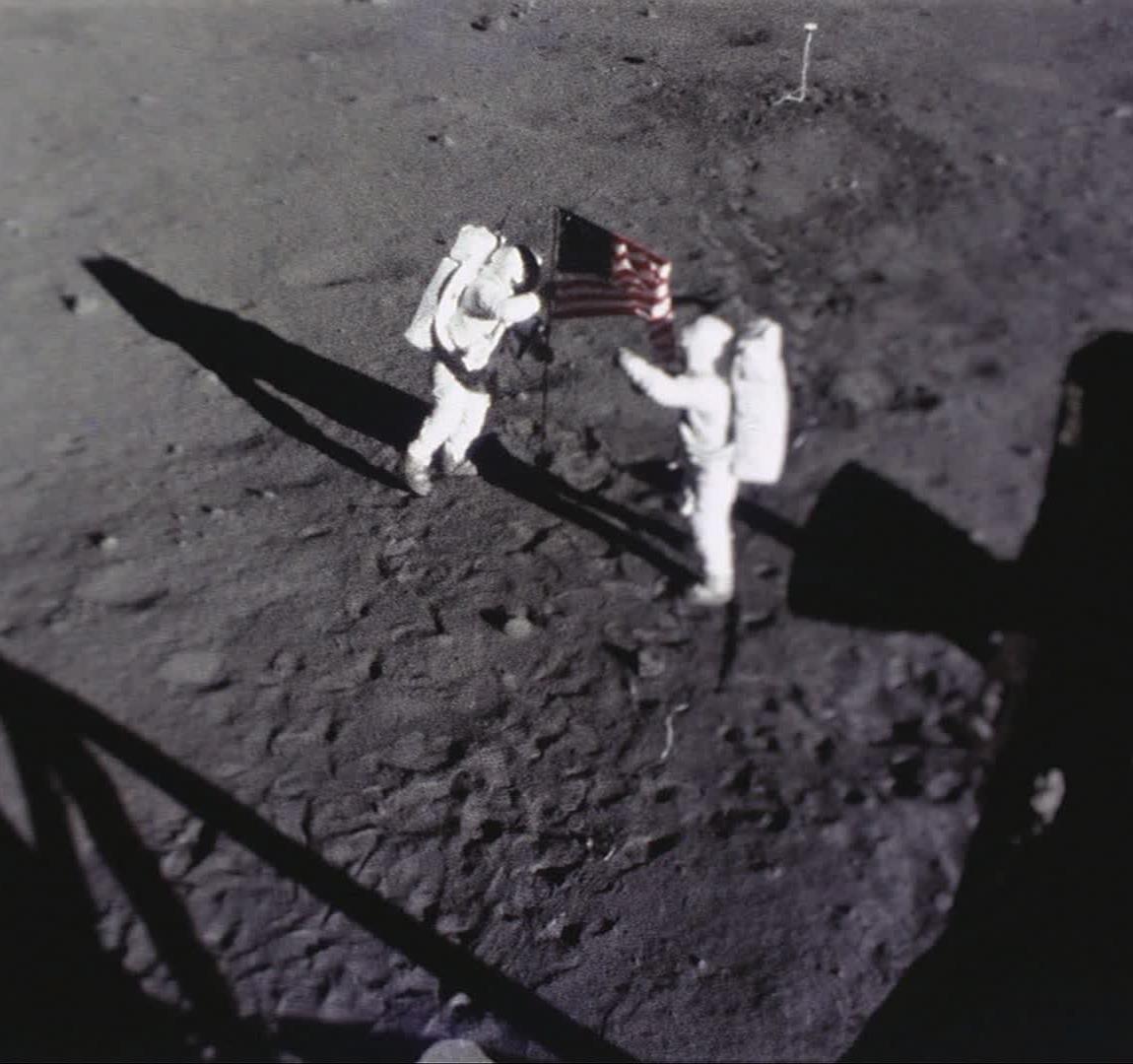WATCH ABOVE: What artifacts were discovered in legendary astronaut Neil Armstrong’s closet? As Mike Armstrong (no relation) reports, why the astronaut kept the items is a mystery.

TORONTO – We’ve all been there: a bit of spring cleaning and we find things we’d forgotten about. But imagine finding artifacts that were once on the moon.
That’s just what happened to the widow of the first man on the moon, Neil Armstrong.
After Armstrong died in 2012, his widow, Carol, contacted the Smithsonian’s National Air and Space Museum to see if they were interested in any historical items pertaining to the moon landing that Armstrong had in his possession. They were.
But it didn’t end there.
“A few weeks after we returned to Washington, D.C., I received an email from Carol Armstrong that she had located in one of Neil’s closets a white cloth bag filled with assorted small items that looked like they may have come from a spacecraft,” wrote Allan Needell a curator in the Space History Department at the Smithsonian’s National Air and Space Museum. “She wanted to know if they were also of interest to the Museum.
“Needless to say, for a curator of a collection of space artifacts, it is hard to imagine anything more exciting.”
Needell said that the museum eventually hopes to put the items on display.
“Seeing such things with one’s own eyes helps us to appreciate that these accomplishments are not just in history books or movies, but involved real people and real things, and that they involved an extraordinary amount of detailed engineering and planning.”





Comments